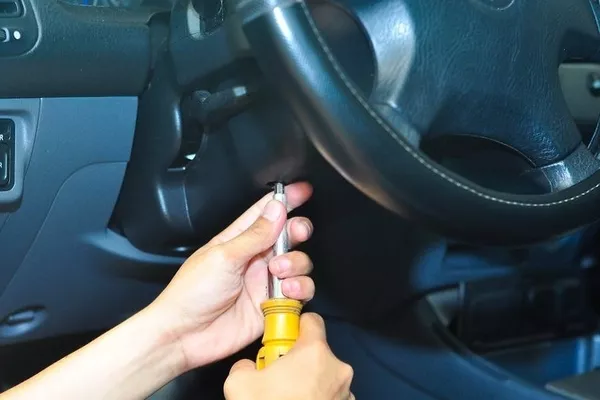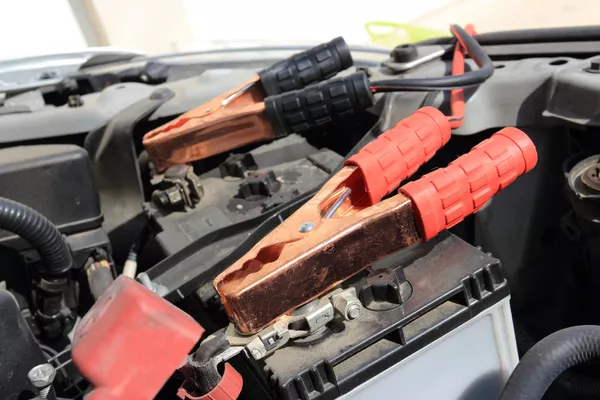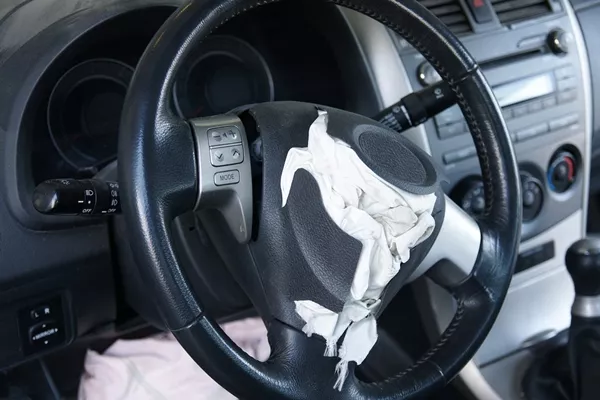Vehicles possess a safety feature that minimizes the impact of collisions on the driver and passengers. These are airbags. Airbags -- if they are working, of course -- should deploy in cases of accidents or collisions. When the computer or system detects a malfunction, it can either trigger a lock-up or the airbag indicator light will turn on.
You can do it yourself when it comes to fixing the system, or replacing your vehicle’s airbags. In this article, Philkotse.com will provide a step-by-step process of how you can install airbags with ease.
A reminder before you proceed with the process. It is crucial to first read your vehicle’s manual before attempting DIY work such as replacing your airbags. Each car model is unique.
Step 1: Locate the airbag computer
You need to locate your vehicle’s airbag computer and prepare tools for the installation. As mentioned, you need to consult your manual, watch or read learning resources online so that you can have an idea of its accurate location.
You can look for a new one from your auto dealer or buy a unit from a used car that has not been deployed. If you know how to do it, you can reprogram it for future use.

You need to consult your vehicle’s owner manual
>>> FYI: Airbags – Things you might not know.
Step 2: Disconnect the battery
For the second step, you need to ensure your safety by unplugging your airbag computer. Disconnect battery terminals and drain back-ups as well. You’ll probably encounter the need to move your steering wheel so that you can reach the airbag module for removal.
In addition, you’ll have to remove various wirings such as those for the radio, horn, grounding straps, and other electrical connections. If you have an already deployed airbag, chances are you’ll see melted connectors. If this is the case, you’ll need to cut them all. You’ll also need to replace the airbag’s clock spring. Finally, remove the airbag computer.

Ensure your safety by unplugging your airbag computer
>>> Also read: Top 5 symptoms of a falling airbag sensor.
Step 3: Bolt the airbag computer on
Secure the newly purchased airbag computer or system with bolts in its proper place. Then, attach it to the wire harness and, one by one, reattach every wire that you previously disconnected. Also, keep in mind the other wirings that were removed, such as the horn wiring or radio wires. Properly attach each one before hooking the battery backup.

Secure the airbag computer with bolts
Step 4: Connect the computer to the battery
Once the airbag system/computer is safely secured with all the wires attached, you can now connect it to the battery. Remember that the positive line goes first.

Connect the system to the battery
Step 5: Check the system
This is the last and the most crucial stage of the DIY installation process. How can you check if the airbag computer works? First, you start the car and watch for the airbag light if it goes on. Observe the indicator if it switches off after seven seconds. When it does, this is a sign that you did a great job installing the airbag computer.
If it doesn’t, better bring your vehicle to your local dealership for a quick check-up and repair. It is good to keep in mind that whenever you are in doubt about your installation, ask for help from a trusted mechanic. Accidental deployment caused by faulty installation can cause serious injury.

Observe the indicator lamp if it switches off after seven seconds
After reading on the steps for the manual installation of your airbags, you might wonder how this safety feature installed in your car works. Read on below to find out.
- Physics can help with the fundamental idea that when an object with momentum crashes, the force exerted by the moving object is equivalent to the power of the impact. Of course, a moving object upon hitting an obstacle will decelerate.
- Under the hood of a typical car is an accelerometer. This device is an electronic chip that detects changes in a vehicle’s speed.
- The standard braking system cannot generate a force great enough to decelerate the vehicle to a stop. When this happens, the accelerator triggers the airbag system.
- With the trigger of the airbag system, an electric current passes through a heating element that later ignites a chemical explosive.

Airbags minimize the impact of a crash and reducing the risk of injury
- Once the explosion of the airbag happens, harmless gas is released (usually argon or nitrogen) that fills a nylon bag firmly packed at the back of a car’s steering wheel.
- As the gas aids in the expansion of the bag, it blows the steering wheel’s cover and inflates at the position of the driver. Manufacturers usually coat the bag with talcum powder so that it unfolds smoothly.
- By the time the driver hits the fully-expanded bag (collision will force the driver to move forward), it will deflate slowly through the holes located at the bag’s edges. When a car has stopped, the bag is expected to deflate completely.
Extra fact: So what does an airbag do?
- It provides cushioning for the driver -- minimizing the impact of a crash and reducing the risk of injury and even death. In a study conducted between 1987 and 2008, about 25,872 lives were saved by airbags.
- With the help of an airbag, the force of impact is distributed to a larger area instead of concentrating force in one region, which can prove fatal.

Nothing beats the driver’s keen awareness of road safety and driving sensibly
Although there are other features installed in a vehicle that ensure safety, such as seatbelts, front sensors, and rear sensors. Nothing beats the driver’s keen awareness of road safety and driving sensibly. Following road precautions, obeying speed limits, and driving with an alert mind should always be the responsibility of each driver.
Also, as a takeaway from the mentioned steps for DIY installation of your vehicle’s airbags, never try to do it if you're unsure of your technical know-how.
You can always contact your trusted local dealership for a quick replacement, or a friendly mechanic who can do the task for you. Although airbags help drivers in cases of collisions and unforeseen events, there are instances these can actually cause injuries when the installation is faulty.
Recent posts
- 13 less popular car features that are found in cars yet vital Jan 26, 2021
- Reckless Driving in the Philippines: All about its consequences, penalty & more Aug 25, 2021
- A step-by-step guide on how to replace the airbags on your car Mar 10, 2022
- Takata airbag recall: 5 important things you need to know Nov 15, 2017
- The connection between car airbags & short people and How it can endanger your safety Nov 14, 2017












